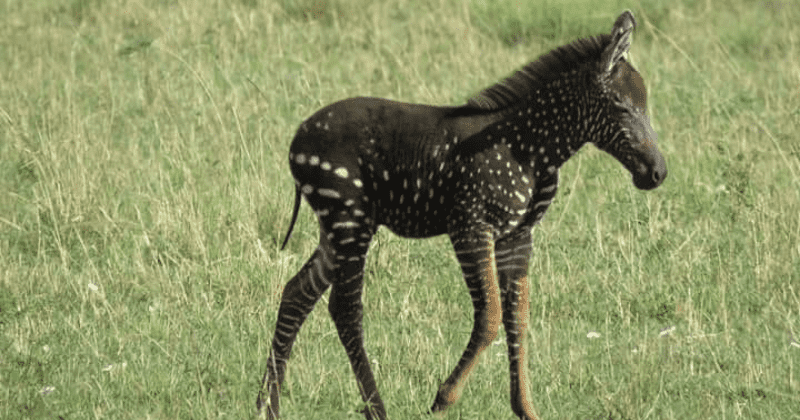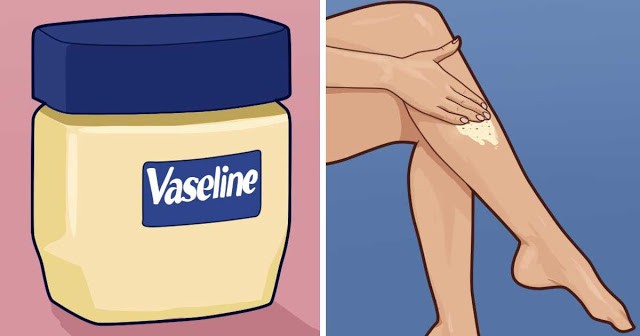With their signature black and white stripes, Zebras stand out in the grasslands of Africa. We even have road crossings named after their stripes. The stripes are a major identifier when it comes to zebras. But recently, a zebra foal was found in Kenya’s Maasai Mara National Reserve with polka dots on its mane instead of stripes. If the mesmerizing stripes are what sets zebras apart, the foal, with the dots instead of stripes, is the most unique of them all. The baby zebra was photographed by nature photographer Frank Liu who spotted it among the herd, clearly standing out.
Liu was on the lookout for rhinos to photograph in the savannah grassland when he chanced upon this special zebra. “At first glance, he looked like a different species altogether,” Liu told National Geographic. The pictures he has taken of the foal have since gone viral. The foal has been named Tira, after Antony Tira, a Maasai guide as well as photographer, who was the first one to spot the foal. Tira is the first zebra in Maasai Mara to be observed with the differential coloration but a few such foals have already been seen in Botswana’s Okavango Delta.

Ren Larison, a biologist studying the evolution of zebra stripes at the University of California, Los Angeles, has stated that the foal has a condition called pseudomelanism. This is a rare genetic mutation in which animals display some sort of abnormality in their stripe pattern. Parmale Lemein, a wildlife specialist from the Matira Bush Camp has said that the baby zebra has melanism, which is the opposite of albinism. Bored Panda reported that as adorable as the baby zebra looks, Lemein has some terrible news. No zebras with such a condition have been able to survive past six months in African parks.
Zebras have stripes for a very specific purpose. The distinct pattern not only acts as a camouflage, but it is also a bug repellant, and is a built-in temperature regulation system, reported Mental Floss. The zebras have evolved in this way to be able to survive in their natural habitat. Without the stripes and the benefits they have, Tira has a lower chance of survival. That is why we have never actually seen a pseudomelanistic zebra adult. But for now, the foal seems to be doing well enough and has been accepted by his herd who are sticking by his side. Larison has offered a positive perspective to the foal’s condition when she stated, “Research on other species has shown that, while it is harder for a predator to target an individual in a group, it is easier if an individual is different.”
“I do not know the origin of the term pseudo-melanism, but I think it is fair to say that is a popular and undefined term, used to refer to very rare animals that exhibit an apparent abnormality in the stripe pattern process such that light stripes are excluded from much of the trunk and back, but are more common on the extremities”, geneticist Greg Barsh, a faculty investigator at the HudsonAlpha Institute for Biotechnology and a Professor Emeritus at Stanford University told Forbes. He added, “This animal is different from most others that have been described as pseudo-melanistic. [I]t is probably better described as ‘spotted’ or ‘partially spotted’.”
source: edu.thinking-minds.net



